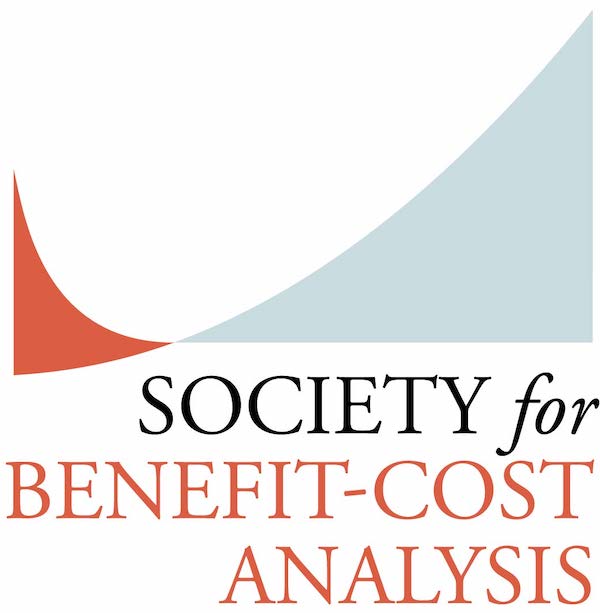 The proposed revisions to Circular A-4 recently put forward by the Office of Information and Regulatory Affairs include guidance on applying what are referred to as "distributional weights." Costs and benefits to households and individuals with lower income are multiplied by a number greater than one, while those to households and individuals with higher income are multiplied by a number less than one. In the public comments on the proposed revisions, a number of criticisms of distributional weighting have been put forth, including:
The proposed revisions to Circular A-4 recently put forward by the Office of Information and Regulatory Affairs include guidance on applying what are referred to as "distributional weights." Costs and benefits to households and individuals with lower income are multiplied by a number greater than one, while those to households and individuals with higher income are multiplied by a number less than one. In the public comments on the proposed revisions, a number of criticisms of distributional weighting have been put forth, including:
- Distributional weighting conflates information about welfare with information about equity, undermining transparency.
- Distributional weighting introduces subjective value judgments into BCA;
- Distributional weighting puts a finger on the scale.
In our paper (Acland and Greenberg, 2023), we explicitly recommend that distributional weighting of the sort presented in the proposed revisions be adopted by federal agencies. As such, we feel that some clarification of our position is in order, in the hope that these criticisms may be better understood and laid to rest.
We begin by emphasizing that two justifications for distributional weighting have been historically put forth, only one of which is addressed in the proposed revisions. This justification is that a dollar means more to a poor person than to a wealthy person due to the diminishing marginal utility of income. Consequently, any given impact on the welfare (or utility, or wellbeing) of the poor is represented by a smaller number of dollars in BCA than the same impact on the welfare of the wealthy: if a poor person and a wealthy person experience the same increase or decrease in their welfare as a result of a policy, the dollar value of that welfare impact that is recorded in BCA will be smaller for the poor person than for the wealthy person, and will thus count for less in the net benefit calculated in the BCA. If this is ignored in BCA, then a bias results, because the welfare or utility of the poor is undercounted in dollar terms and that of the wealthy is overcounted. Applying weights based on the marginal utility of income at different income levels has been proposed as a way to correct this bias, so that a given dollar amount in BCA would represent the same welfare impact on the poor as on the wealthy. We call this "utility weighting."

 Regulations to improve air quality, save energy, or reduce climate risks account for the largest share of benefits and costs of the US regulatory program. We address the economic methods for evaluating this class of regulations in
Regulations to improve air quality, save energy, or reduce climate risks account for the largest share of benefits and costs of the US regulatory program. We address the economic methods for evaluating this class of regulations in